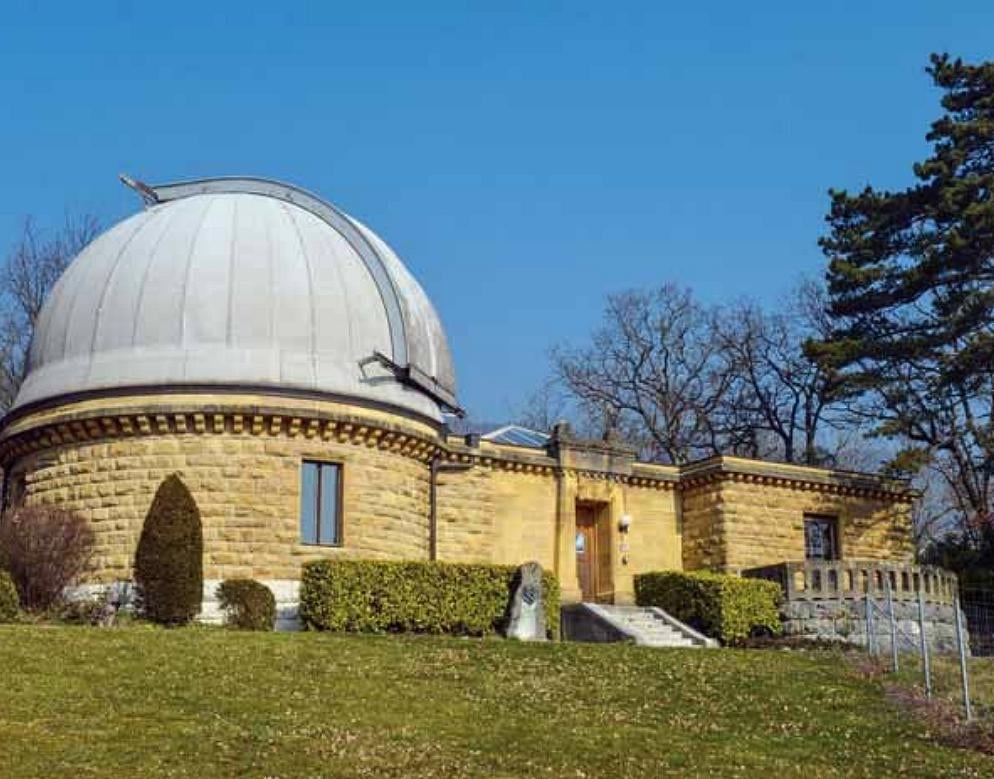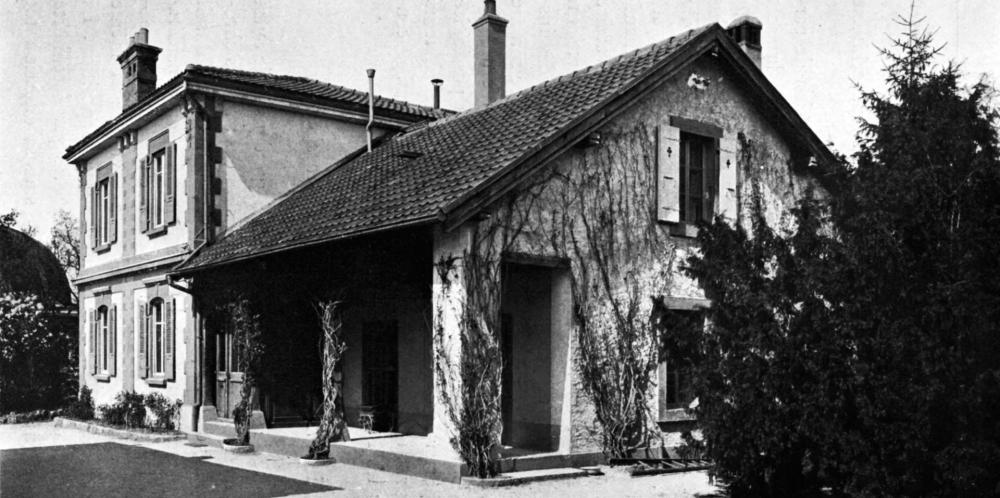
Category of Astronomical Heritage: tangible immovable
Observatoire cantonal de Neuchâtel, Switzerland

Description
Geographical position
Observatoire cantonal de Neuchâtel,
Rue de l’Observatoire 54, CH-2000 Neuchâtel, Switzerland
(Kantonale Sternwarte Neuenburg)
Location
Latitude 47°00’ 00’’ N, Longitude 6°57’11’’ E, Elevation ...m above sea level
IAU observatory code
019
Description of (scientific/cultural/natural) heritage
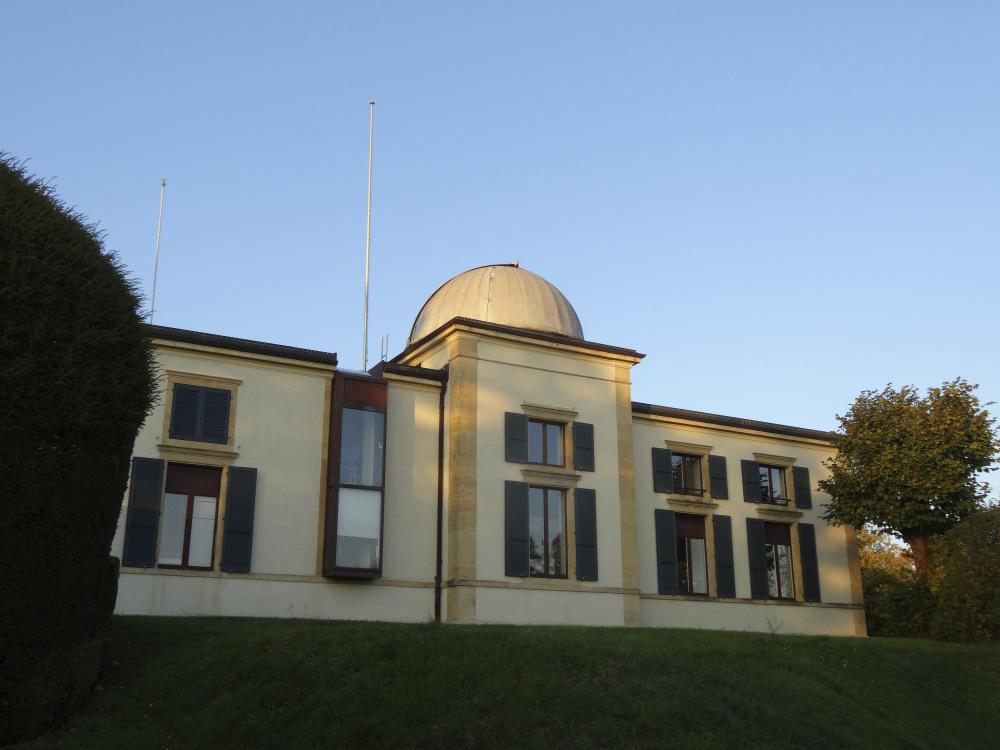
Fig. 1. Cantonal Observatory of Neuchâtel, founded in 1858, inaugurated in 1860 (Wikipedia, CC3, Sinenomine2)
The Cantonal Observatory of Neuchâtel is an astronomical observatory founded in 1858 by the Department of Economics
of the Canton of Neuchâtel with the aim of promoting the development of precision watchmaking.
The two floor building, oriented strictly East-West, inaugurated in 1860, was built by the Swiss architect Hans Rychner (1813--1869) in classically inspired forms. He studied in Munich with Friedrich von Gärtner (1791--1847) in the 1830s and was active in Neuchâtel since 1845.
La Méridienne was the first building of the observatory and housed the meridian telescope, important for timekeeping. Adolphe Hirsch explained that he wanted to stay as close as possible to the earth, in order to obtain the greatest solidity and to escape the vibrations and disturbances: ┬½on ne tâche plus de se rapprocher autant que possible du ciel que l’on veut observer; au contraire, on se tient le plus près possible de la terre, pour obtenir la plus grande solidité et échapper aux vibrations et aux ébranlements auxquels les édifices élevés sont plus exposés que les autres.┬╗ (Archives de l’Etat de Neuchâtel, mémoire présenté par Adolphe Hirsch le 31 mars 1858 et publié dans Bulletin officiel des délibérations du Grand Conseil, n°18, 17 mai 1858, p. 615-616).
The historical role of the Observatory of Neuchâtel was the evaluation and scoring the precision of the clocks and chronographs. The precision of chronometers became essential in the 19th century as a navigation aid. Neuchâtel is one of several observatories like Kew/Greenwich, Besançon, Washington DC, and Hamburg, which were important for timekeeping on a national scale.

Fig. 2. Adolphe Hirsch (1830--1901), director from 1858 to 1901 (Wikipedia)
The first director of the observatory was Adolphe Hirsch (1830--1901), who headed the institute from 1858 to 1901. Hirsch studied astronomy at the universities of Heidelberg, Berlin and Vienna. He was interested in astronomy and geodesy. As secretary and later as president of the Geodetic Commission, he participated in the basic measurements for the triangulation of Switzerland. He got a call as a professor of geophysics and astronomy at the Neuchâtel Academy from 1866 to 1901. As secretary of the International Association for Geodesy and the Bureau International des Poids et Mesures (BIPM) in Paris, he actively promoted international cooperation.

Fig. 3. The Meridian building and the dome of the Cantonal Observatory of Neuchâtel in 1862 (in the foreground the first director Adolphe Hirsch and his dog) (© Archives de l’Etat de Neuchâtel)
But Hirsch’s main duty -- besides other scientific activities such as geodesy, metrology, seismology and meteorology -- was the timekeeping, the determination of time in the observatory by observing the time of transit of a particular star through the (meridian. In addition, the distribution of time was an important task, and Hirsch succeeded in ensuring this precise time required by the watch industry. The time was first communicated to the industry by telegraph, so that factories could adjust their watches with precision, then the time signal was broadcasted daily on the radio since the 1930s. Another task was to issue certificates proving the reliability of the Neuchâtel watches, cf. Observatory Chronometer Database (OCD).
The director’s dwelling house was built in 1888, used first by the assistant manager. The director took this residence after the death of Adolphe Hirsch in 1901, who preferred to live in the main building. In addition, there is a boiler room for all the buildings on the site. In 1900, the pavilion of the mechanic-concierge was built, but it is not preserved.
Adolphe Hirsch bequeathed his fortune to the city of Neuchâtel to increase the activity of the observatory. His will mentions the construction of a telescope in a new building; he had only a 11.7-cm-meridian telescope, and another 16-cm-telescope, installed under the dome of the main building.

Fig. 4a. Pavillon Hirsch, an Art Nouveau building, constructed in 1909/11 (Wikipedia, CC3, Sinenomine2)
Under Louis Vilmar Arndt (1861--1940), Adolphe Hirsch’s successor as director, the observatory got an extension building, Pavillon Hirsch, an Art Nouveau building, constructed in 1909/11, and named after the first director. It was built by Charles l’Eplattenier (1874--1946) in Swiss Art Nouveau or Style Sapin ("Pine Tree Style"). The Pavillon Hirsch was not decorated, just in the style "from follows function".
The interior of the entrance hall is also in Art Nouveau style. The perimeter was decorated with copper panels with the 12 signs of the zodiac between the black granite pilasters. In addition, a marble mosaic floor, a cloister vault with stars and polychrome stained-glass windows "contribute to the harmony of the place".

Fig. 4b. Pavillon Hirsch, Zodiac sign scales (Wikipedia, CC4, OPAN)

Fig. 4c. Pavillon Hirsch, Library (Wikipedia, CC4, OPAN)
The observatory succeeded in acquiring a large 30cm/36-cm-triple-refractor. The Pavillon Hirsch is equipped with this telescope, housed in a wooden dome of 8m in diameter, the exterior of which is insulated and painted white in order to best reflect sunlight and to preserve the coolness inside the building and prevents turbulence during the long exposures. The dome is mounted on a circular rail and rotates 360°, using an electric motor. The Pavillon Hirsch houses besides the large Zeiss telescope, a spectroscopy laboratory and a photography laboratory, and a conference room.

Fig. 4d. 30cm/36-cm-Triple-Refractor, Carl Zeiss of Jena (1912) (Photo Phil Bissop)

Fig. 4e. Dome of the Triple-Refractor (Photo Phil Bissop)
The geophysicist Alfred de Quervain (1879--1927) was assistant at the observatory of Neuchâtel from 1902 to 1905. In 1926, a Quervain-Piccard seismograph weighing about 18 tonnes was installed in the basement of the Pavillon Hirsch, which operated until 1971.
Until 1951, the meridian circle was used for timekeeping. The astronomical clocks with glass cloche were the best known timepieces just before the quartz crystal clocks. These were used for timekeeping from 1945 to 1953.
In the 1950s, the Neuchâtel Observatory was responsible for creating the first atomic clocks (1959). Before the timekeeping activities ended in 2007, the observatory worked for the European Space Agency (ESA) and its Galileo satellite project. The Neuchâtel Observatory is an important Swiss scientific and technical heritage as "time factory".
History
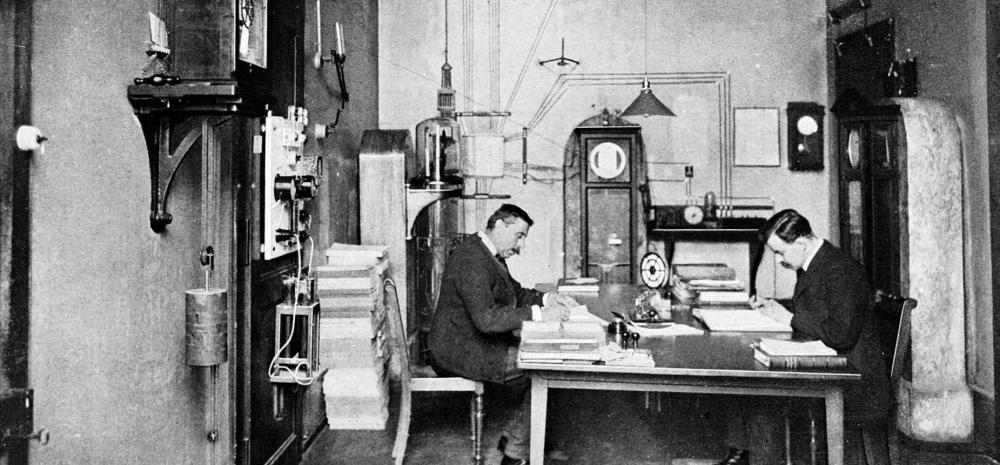
Fig. 5a. Salle du service chronometrique (expo 7f)

Fig. 5b. Meridian circle (expo 2c)
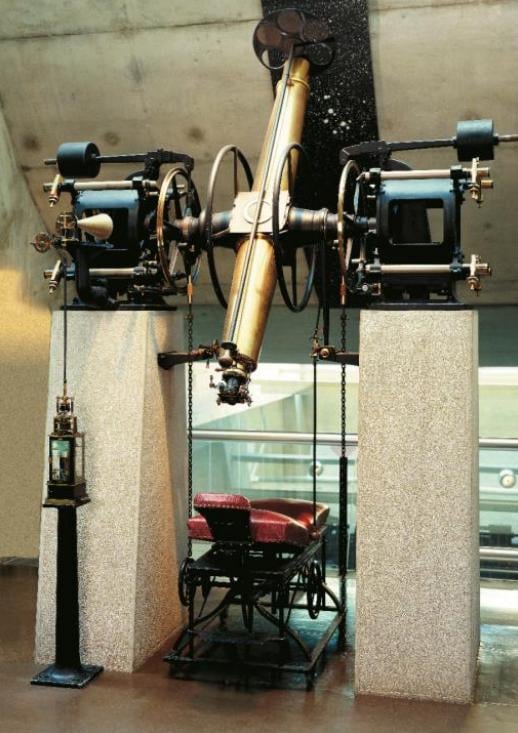
Fig. 5b. Meridian circle in Musee-MIH (Photo Phil Bissop)
Instruments of Neuchâtel Observatory
- 11.7-cm-Meridian circle, installed on massive pillars
(now in the Musée International d’Horlogerie (MIH) in La Chaux-de-Fonds)
- Mire south, Portalban (464.6m), 9.5 km from the Observatory (1861) -- it was necessary to be able to calibrate the installation of the meridian circle regularly, to control the azimuth and collimation of the meridian telescope on its north-south axis.
- Mire north, Chaumont (1036.50m) (1884)
- Mire north, Mail (485m) (1860, demolished in the 1970s)
- 16-cm-Refractor (6 Paris inch, focal length 2.6m), made by Kern of Aarau, optics by G. Merz & Sohn of Munich (5000 Gulden/guilder), equatorial mounting with clock drive, position micrometer (1859),
a Merz photometer was added (295 Gulden)
(Kost 2015, p. 429-430)
- Astrograph, triple refractor, Carl Zeiss of Jena (1910/12),
two 36-cm-photographic tubes with a focal length of 3.6m (f/10), 30-cm-visual achromatic refractor with 4.5m focal length (f/15)
- Original seismograph from 1912 (Bifilar conical pendulum, Mainka system)
- Quervain-Piccard seismograph, installed in 1926.

Fig. 6a. 30cm vis./36-cm ph.gr. Triple-Refractor (astrograph), Carl Zeiss of Jena (1910/12) in Pavillon Hirsch (expo 2b)
The triple refractor was built by the Zeiss company of Jena in 1912. It is an astrograph for photographing the sky on glass plates, equipped with two photographic tubes with a diameter of 36cm and a focal length of 3.6m (f/10); in addition the central tube is a 30-cm visual achromatic refractor with 4.5m focal length (f/15). The astrographs were equipped with spectrographs in order to study the chemical composition of stars, as well as their physical properties. With these astrographs with quartz lenses he wanted to study the ultraviolet radiation, which was a revolutionary idea for the time. But what was not known at that time, most of the ultraviolet radiation is absorbed by the Earth’s atmosphere, which is is opaque to UV. Thus these astrographs were not really usable. So he had to use mainly the 30-cm visual refractor.

Fig. 6b. Mounting of the Triple-Refractor, Carl Zeiss of Jena (1912) (Photo Phil Bissop)

Fig. 6c. Counterweight of the Mounting of the Triple-Refractor, Carl Zeiss of Jena (1912) (Photo Phil Bissop)
A Zeiss equatorial mounting is oriented parallel to the axis of rotation of the Earth, and this system allows you to have only one rotational movement to correct the motion of the stars. Three massive counterweights, the largest of which is nearly a tonne, help balance the bezel. At that time, care was taken to place the instruments directly on a masonry plinth, resting directly on the Rocher du Mail, without any connection to the building. This design avoids the transmission of vibrations from the building to the telescope. In order to make observing easier, an elevating platform was constructed by Zeiss.
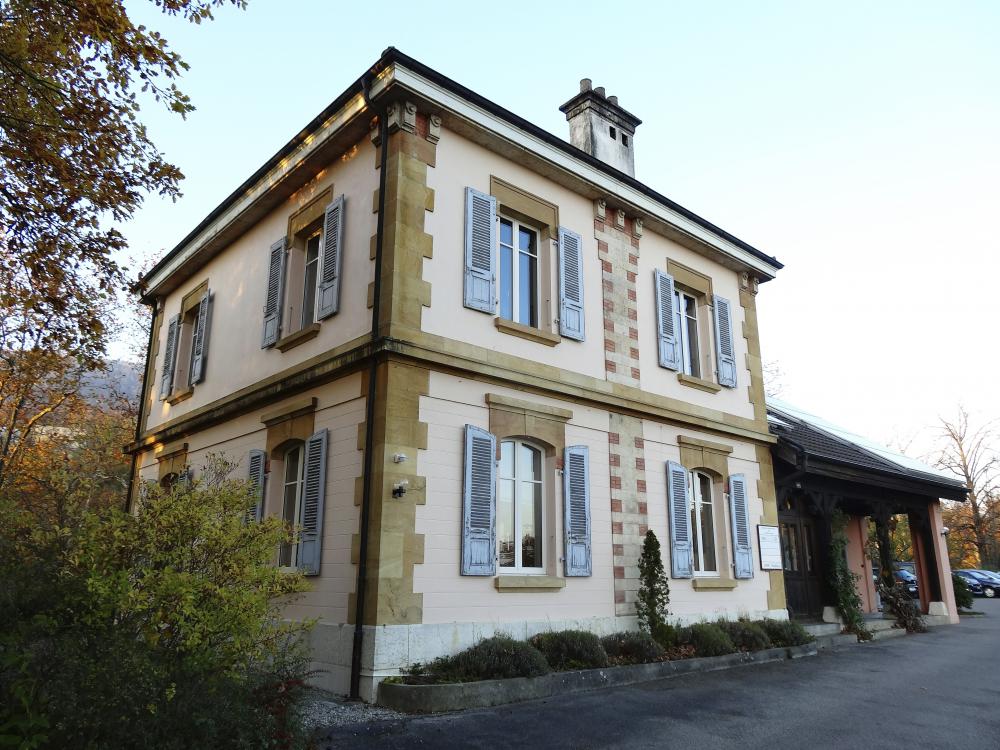
Fig. 7. Director’s Villa (Wikipedia, CC3, Sinenomine2)
Directors and Assistants
- Adolphe Hirsch (1830--1901), director from 1858 to 1901
- Jakob Hilfiker (1851--1913), assistant until 1892
- Louis Vilmar Arndt (1861--1940), assistant from 1892 to 1894,
Ecole de mécanique et d’horlogerie de Neuchâtel since 1894, director from 1901 to 1934 - Alfred de Quervain (1879--1927), assistant from 1902 to 1905
- ....
- ....
- Giovanni Busca, director from 1988 to 2001.
State of preservation

Fig. 8. Observatoire cantonal de Neuchâtel (Wikipedia, CC4, OPAN)
The Observatoire cantonal de Neuchâtel is one of the cultural property of national importance and is preserved well.

Fig. 9. Pavillon Hirsch (Wikipedia, CC4, OPAN)
The Pavillon Hirsch is a Swiss Art Nouveau building. The so-called Style Sapin or "Pine Tree Style" was created in the city of La Chaux-de-Fonds in Switzerland by the Swiss artist Charles l’Eplattenier (1874--1946). It is still almost in the state of its construction in 1912, and has been classified as a historical monument for its architectural qualities and its Art Nouveau interior decoration.
The Pavillon Hirsch with the triple Zeiss refractor from 1910/12 is a unique piece in the world in this version. In the basement is still the seismograph of Quervain-Piccard with its mass of 18 tons (1928-1971). It is fully restored and it will be possible in the future to make demonstrations and transmit data. The precise astronomical clocks have been deposited at the MIH for conservation, but reinstallation in the observatory is envisaged.
Comparison with related/similar sites
For nearly 150 years (1858--2007), the Neuchâtel Observatory has been a world reference for determining and distributing the time comparable to several observatories like Kew/Greenwich, Besançon, Washington DC, and Hamburg, which were leading in the field of timekeeping (for the watchmaking industry, for the public and for navigation).
Only very few observatories exist in Art Nouveau style:
Fabra Observatory, Spain (1904), Ondřejov Observatory (1908), Czech Republic, Observatório Central da UFRGS (Instituto Astronômico e Meteorológico, IAM) in Porto Alegre, Rio Grande do Sul, Brazil (1908), the Pavillon Hirsch (1909/11) of Neuchâtel Observatory, Switzerland.
Threats or potential threats
no threats
Present use
After over hundred years of scientific importatnce of timekeeping, Neuchâtel Observatory is used as a public observatory since the 2007 by the Société Neuchâteloise d’Astronomie (SNA).
The central tube of the large refractor, designed for visual observation, gives excellent images of the moon and planets such as Mars, Jupiter or Saturn, which delights visitors. Because of the location of the observatory, which is found in the city of Neuchâtel, the observation of the deep sky (nebulae and galaxies) is rather disappointing.
The EspaceTemps association (formerly AMSTN) aims to promote better knowledge of science and technology. It aims in particular to safeguard this emblematic object of Swiss scientific heritage and to make it known to the public through exhibitions and guided tours. The memory space project will be installed in the Pavillon Hirsch.
Astronomical relevance today
The Observatory was an international benchmark in the field of chronometry.
┬½C’est une création de l’homme, le temps! La nature nous fournit l’oscillation et l’homme compte ces oscillations. La seule condition est que nous ne devons pas faire d’erreur de comptage et que nous devons toujours le faire, pour que nous gardions le temps!┬╗
Giovanni Busca, director of the Observatory Neuchâtel from 1988 to 2001.
Before 1967, a second was defined in function of the earth’s rotation, thus the Neuchâtel Observatory had the responsiblity for calibrating the clocks by regular astronomical observations and announcing the time for the public. Today the telescopes in the Observatory of Neuchâtel are only used as historical instruments; watchmaking calibration is now provided by atomic clocks.
References
Bibliography (books and published articles)
- Aubert, Georges: Un Mouvement d’Art ├á la Chaux-de-Fonds, ├á propos de la Nouvelle Section de l’Ecole d’Art. La Chaux-de-Fonds 1914, p. 5-6.
- Babey, Virginie & Claire Piguet: La recherche de l’exactitude. In: Bujard, Jacques & Laurent Tissot: Le Pays de Neuchâtel et son patrimoine horloger. Chézard-Saint-Martin: Editions de la Chatière 2008, p. 224-243.
- Babey, Virginie: L’Observatoire chronométrique de Neuchâtel. In: Société suisse d’histoire économique et sociale 2007.
- Betts, Jonathan: Marine Chronometers at Greenwich. Oxford University Press 2018, p. 69.
- Degener, Herrmann A. L.: Louis Arndt. In: Degeners Wer ist’s? Berlin 1935, S. 34.
- Fischer, Gaston: Adolphe Hirsch (1830--1901): l’astronomie et les sciences de la Terre. In: Bulletin de la Société Neuchâteloise des Sciences Naturelles 124 (2001), S. 41-47.
- Gressot, Julien & Romain Jeanneret: Determining the right time, or the establishment of a culture of astronomical precision at Neuchâtel Observatory in the mid-19th century. In: Journal for the History of Astronomy 53 (2022), 1, p. 27-48.
(DOI: 10.1177/00218286211068572).
- Guyot, Edmond: Ce que nous apprennent les chronomètres contrôlés ├á l’Observatoire de Neuchâtel. In: Annales Françaises de Chronometrie 18 (1948), p. 195-228.
- Hirsch, Adolphe: Rapport de M. le Dr. Hirsch sur le projet de fonder un observatoire ├á Neuchâtel, 1858.
- Hirsch, Adolphe & Louis Vilmar Arndt: Rapport du directeur de l’Observatoire cantonal de Neuchâtel ├á la Commission d’Inspection pour l’année 1885. Locle: J. Guinchard 1886.
- Hirsch, Adolphe: Comptes-rendus des Séances de la Commission Permanente de l’association Géodésique Internationale Réunie ├á Lausanne du 15 au 21 Octobre 1896 (German Edition). Internationale Erdmessung.
- Kirschmer, Gottlob: Hirsch, Adolphe. In: Neue Deutsche Biographie (NDB), Band 9. Berlin: Duncker & Humblot 1972.
- L’Observatoire de Neuchâtel - Son Histoire de 1858 ├á 2007. In: Bulletin de la Société des Enseignants Neuchâtelois de Sciences, n° 42 (2012).
- Miauton, Marie-Hélène: Alfred Blailé 1878--1967. Onelineprinters GmbH 2020 (110 p.), p. 33.
- Piguet, Claire & Gilles Barbey: Neuchâtel. In: Inventar der neueren Schweizer Architektur, 1850-1920. Band 7: Montreux, Neuchâtel, Olten, Rorschach. Zürich: Orell Füssli 2000, S. 188.
- Piguet, Claire: L’Observatoire cantonal de Neuchâtel: une architecture et un ensemble décoratif. In: Revue historique neuchâteloise, nos 3-4 ┬½Fragments de patrimoine neuchâtelois┬╗ (2003), p. 307-329.
- Piguet, Claire: Entre ciel et terre: le pavillon Hirsch. In: L’Ermite herbu -- Journal de l’Association des amis du Jardin botanique de l’Ermitage ┬½Botanique et Art nouveau, de la plante vivante au décor d’apparat┬╗ (2006), p. 98-11.
- Piguet, Claire: Charles-Henri Matthey (1880--1956). Un nom "qui restera attaché ├á la restauration de nos principaux monuments historiques". In: Monuments vaudois 7 (2017), p. 67-80.
- Quartier-la-Tente, Edouard (père): L’Observatoire cantonal de Neuchâtel 1858--1912, souvenir de son cinquantenaire et de l’inauguration du pavillon Hirsch. Neuchâtel 1912.
- Rapport présenté au comité du canton de Neuchâtel pour l’exposition universelle de 1855 ├á Paris, 1855, p. 25.
- Thomson, Helen Bieri: Une expérience Art nouveau, le Style sapin ├á La Chaux-de-Fonds. La Chaux-de-Fonds 2006.
- Trueb, Lucien: L’Observatoire de Neuchâtel. Son histoire de 1858 ├á 2007. La Chaux-de-Fonds: Editions l’Homme et le Temps 2012, p. 23-26.
- Zahir, Elisabeth Castellani: Rychner, Hans. In: Rucki, Isabelle & Dorothee Huber (Hg.): Architektenlexikon der Schweiz - 19./20. Jahrhundert. Basel: Birkhäuser Verlag 1998, S. 463 f.
Links to external sites
- L’observatoire astronomique de Neuchâtel
- Neuchâtel Observatory (Wikipedia)
- Observatoire cantonal de Neuchâtel (Wikipédia)
- La lunette de l’observatoire de Neuchâtel
- Schaer, Jean-Paul: Adolphe Hirsch. In: Historisches Lexikon der Schweiz 2005.
DeWiki
- Adolphe Hirsch
- Observatory Chronometer Database (OCD) (2017). The database contains all mechanical timepieces ("chronomètres-mécaniques") submitted under the wristwatch category ("chronomètres-bracelet") to the observatory competition in Neuchatel, Switzerland ("Le Concours chronométrique de l`Observatoire de Neuchâtel") from 1945 to 1967 and that subsequently passed the stringent tests and became certified as an observatory chronometer and therefore received a "Bulletin de Marche" from the observatory.
- Les Concours de chronométrie et les Observatoires
- EspaceTemps - Association pour un Musée de la Science et de la Technique ├á Neuchâtel
- Société Neuchâteloise d’Astronomie (SNA)
Links to external on-line pictures
no information available
No multimedia content published
Currently there is no multimedia content published for this case study


















